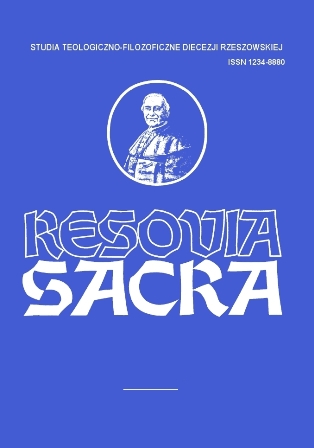
We kindly inform you that, as long as the subject affiliation of our 300.000+ articles is in progress, you might get unsufficient or no results on your third level or second level search. In this case, please broaden your search criteria.

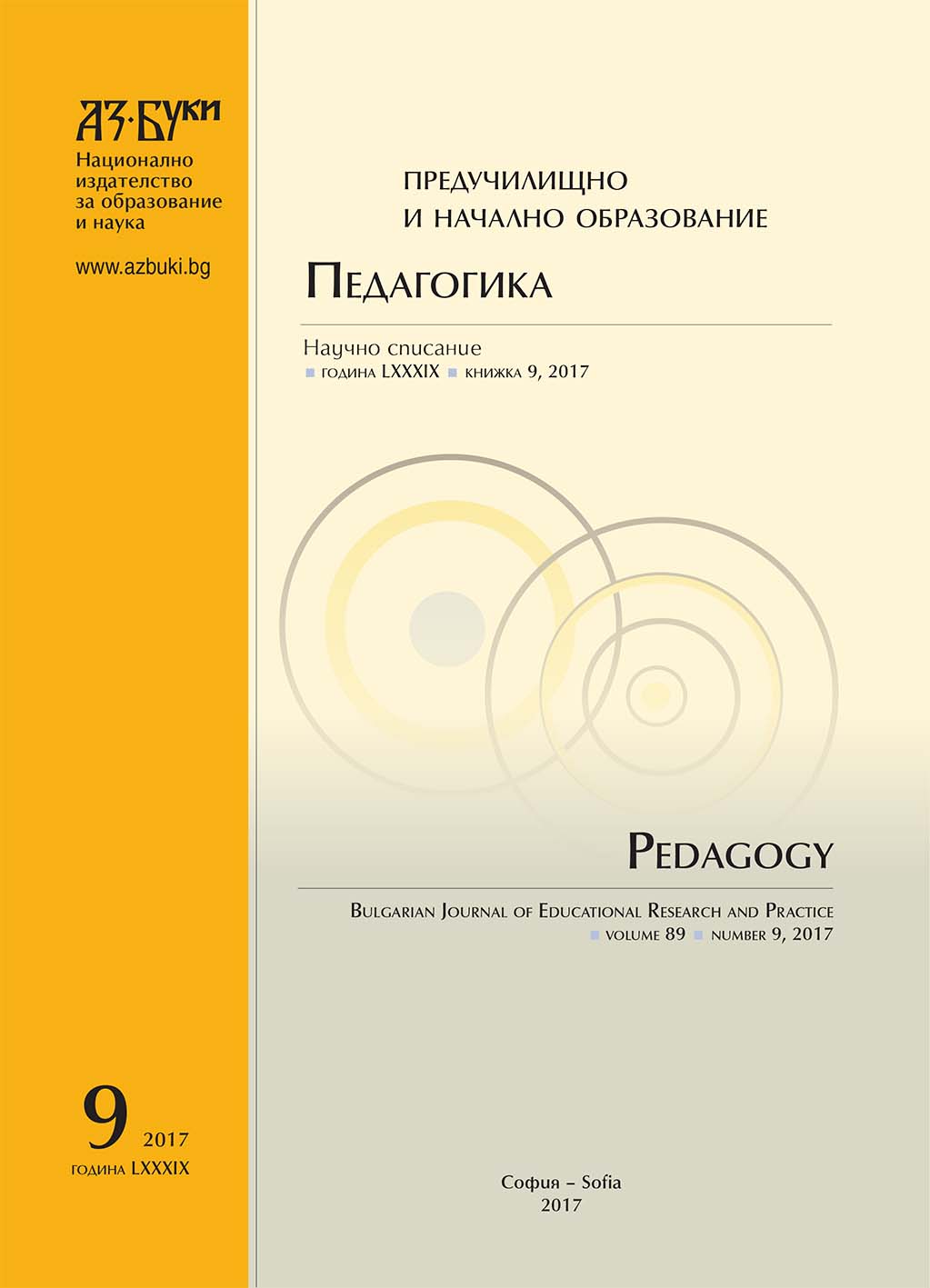
The paper offers a new interpretation on Rousseau in the context of Richard Rorty’s concepts on the philosophy of language and the linguistic turn developed at the end of the 20th century. The classical interpretation of Rousseau’s ideas of freedom in view of upbringing as a rule juxtaposes nature and culture. The present paper argues that this opposition can be overcome through the application of the metaphor approach to both upbringing and the value-neutral character of language. In this sense the question to be answered is how the languages of the teacher and of the student co-exist in Rousseau’s ideas and what the mechanism is that turns these languages into means of upbringing. The research employs arguments in favour of the hypothesis that in terms of the metaphor of “upbringing” created by Rousseau in Emile or on Education, the concepts language of nature and language of society overlap.
More...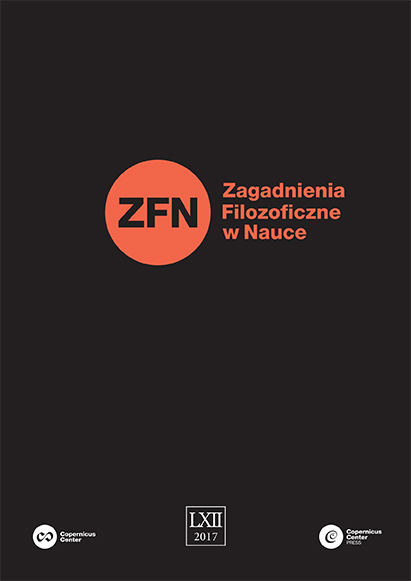
Book review of: Panorama współczesnej filozofii, Jacek Hołówka, Bogdan Dziobkowski (ed.), Wydawnictwo Naukowe PWN, Warszawa 2016, pp. 559.
More...
We argue the ontological character of information, along with energy and substance, as well as the structural-phenomenological unity at all scales and levels of reality. We use an interdisciplinary, inductive-deductive methodology, within the broad framework of the naturalistic conception. We start from the current reality, which is the impact of information technology, information networks, virtual reality and artificial intelligence, insisting on the role of information in the gnosiological approach. The preponderance of the logical reductionist positivism in the scientific research and the exaggerated focus on the particle and high energy-physics, made possible that the problem of information be almost completely eluded. Even Shannon and Weaver’s information theory considers information only from a quantitative viewpoint, and only through its relation to entropy and the second law of Thermodynamics. The development in the nonlinear dynamics field of chaos theory, fractal geometry and topology, and especially the spectacular development of information technology in the last two decades, needs a systematic analysis, including the defining of information and its importance in the structuring of reality along with energy and substance. From this perspective, all our concepts, starting from physical reality to psychological imaginary reality, can be coherently understood through the same paradigms, irrespective of whether we are talking about the conservation law, the Euclidean dimension, fractal or topological dimension or the multidimensional processing mechanism through syntactic, semantic, pragmatic and hermeneutic processing of the human and artificial language and knowledge in general. This informational paradigm assumes the existence of a functional, phenomenological, potential background represented by information and which can be mathematically modeled through topology. The semantic emergent logic (semantic emergent topology when applied to the reality structuring) can help to elucidate the old mind-brain dualism, with solving other paradoxes, particularly the theory of emergence.
More...
The article offers arguments for the compatibility of specific types of internalism and externalism in epistemology through a comparative analysis of the approaches based on their aims of investigation. Such compatibility is viewed as possible after the oppositional differences that are related to the elements of justification, are overcome. In this regard, the question about the agents of knowledge is answered, with reference to the thesis about the irreducibility of the internalist condition of reflexive access. Considerations of conceptual clarity and succession are raised with regard to the externalist condition that removes the epistemic arbitrariness in the founding of beliefs.
More...
The NOEMA Journal continues to publish, in a series, the book THE SECRET OF GENIALITY (Yerevan, Armenia, Noyan Tapan Printing House, 2002) by our colleague Robert Djidjian, not only because we all must know the philosophical research and creation (in our domain of epistemology and philosophy of science and technology) from a wider geographic area than that provided by the established fashion in virtue of both extra-scientific reasons and a yet obsolete manner to communicate and value the research; but also because the book as such is living, challenging and very instructive. The title of the book is suggestive enough to make us to focus on an old age question: the dialectic of the insight, of the discovery, its psychology moving between flashes of intuitions and cognizance stored in memory, and its logic of composition of knowledge from hypotheses to their demonstration and verification. The realm of science is most conducive to the understanding of this dialectic and the constitution of the ideas which are the proofs of what is the most certain for humans: the “world 3”, as Popper called the kingdom of human results of their intellection, and though transient and perishable in both their uniqueness and cosmic fate, the only certain proof of the reason to be of homo sapiens in the frame of multiversal existence. Therefore, creation is the secret of the human geniality, and how to create science is a main part of this secret.
More...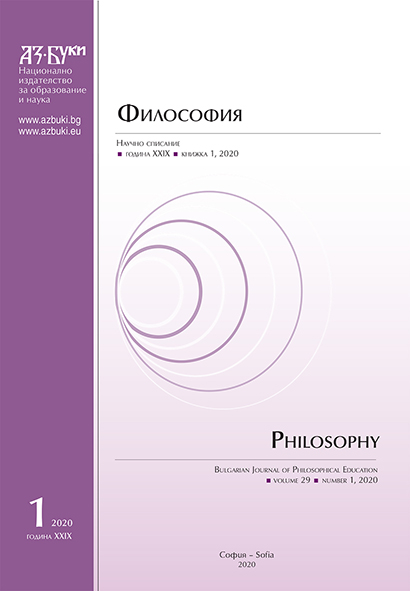
The specialized understanding of natural kinds (NK) has a theoretical impact on the concept of emergent properties (EP) in particular, as well as on the understanding of the phenomenon of emergence as a whole. The problem is closely related to the tendencies towards their essentialization and theoretical demarcation. The theoretical tension is inevitably manifested in the attempts to consolidate the two concepts, which are generally considered in essentialist terms. A naturalistic, non-essentialist, approach could integrate them into a unified theoretical method, avoiding the problems of their traditional analysis. In the article, NK will be considered as reaction clusters, and EP as complexes of reaction clusters. Both will be directly related to the introduced concepts of reaction potential and stability. The relationship between these concepts will be defined and operationalized, thus explicating the result, considering the phenomenon of emergence as enhancing the reaction potential of a given structure or a complex system, which is in a proportional relation to its net stability.
More...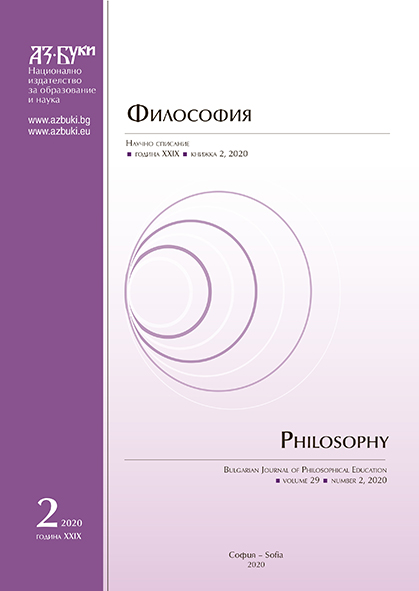
The aim of the present paper is to present the ontology of mathematical objects using the Meinongianism. Exactly in this framework we can accept abstract objects as non-existing, which are an object of knowledge, because they bear properties. We can apply these facts on mathematical objects, which are а type of abstract objects. So we can talk about non-existing math objects instead of their existence. I will use the dilemma of Benacerraf to prove the consequences of this acceptance of math objects as existing. But there is one deficiency of them being non-existing objects. First I will review the approach in the ontology and in the abstract objects. The next step will be to apply Maiong`s method to ontology of math objects and to demonstrate its strengths and weaknesses. And accordingly to the results, how far can we use this decision of the problem of abstract objects and special to math objects.
More...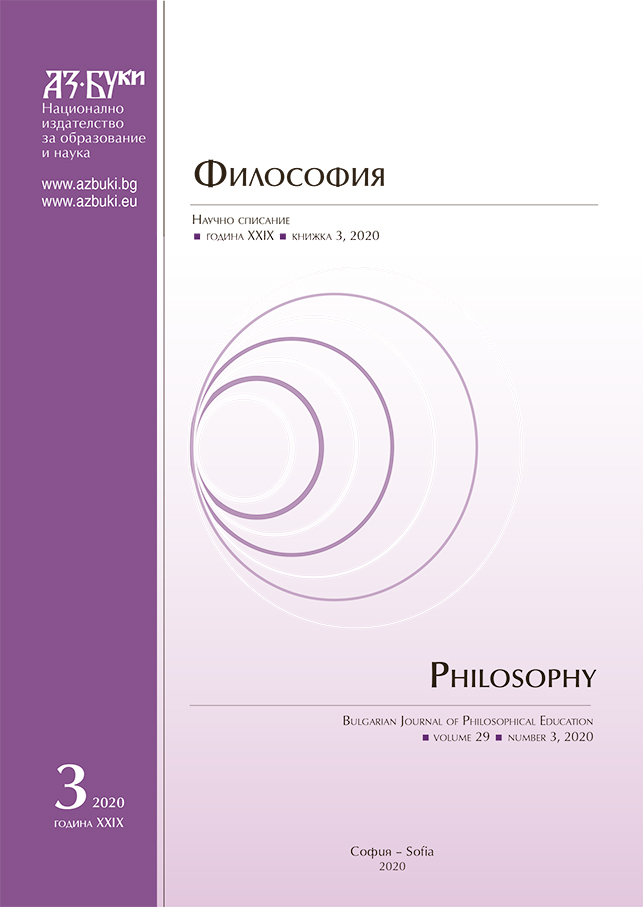
The article shows that Ludwig Wittgenstein used mostly pragmatic analysis to study the problem of knowledge in the later period. Without giving clear definitions of epistemological concepts, he argued that our interpretations of knowledge depend on the context of language-games, ideas of truth, certainty and justification, as well as the level of education and culture that form our way of life. It was found that the ideas of pragmatics were useful to Wittgenstein in order to more clearly define the nature of true knowledge, to outline the specifics of our refleсtions about certainty, as well as to analyze in detail all aspects of the justification. It is stated that his epistemological researches and discussions around them raised a wide range of not only linguistic but also psychological, cognitive and metaphysical issues, which made our understanding of the nature of knowledge much more comprehensive.
More...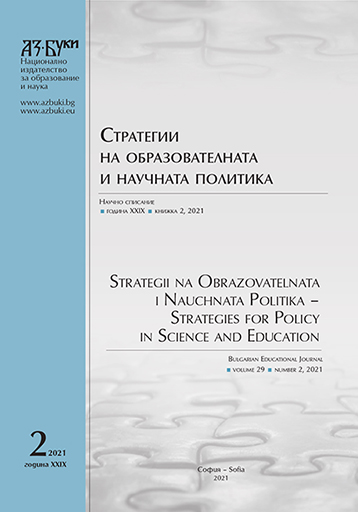
The article examines Ludwig Wittgenstein’s views on the world and human beings in it. It is emphasized that the philosopher, in addition to paying a lot of attention to the study of language, which determined the basis of his method of cognition, followed a number of worldview ideas about reality. They were supported by the achievements of physics of that time, although Wittgenstein himself argued that the study of reality is not possible without understanding the metaphysical issues concerning the unspeakable, supernatural, spiritual, and so on. It shows how Wittgenstein interpreted the world and reality, distinguished between different levels of being, studied logical atoms, not laws, analyzed facts, not things, comprehended not only the macrocosm but also the microcosm, and as a result built a pragmatic ontological-cosmological conception, in which human and the way of their being in the world occupied a significant place.
More...
An extended approach to the comprehension of virtual reality is developed in the article. Virtual reality is understood not only as a logically possible or cybernetically constructed reality but also as continuous turbulence of potencies of the complex natural and social world we live in, the wandering of complex systems and organizations over a field of possibilities, such a realization of forms and structures in which many formations remain in latent, potential forms, and are in the permanent process of making and multiplying a spectrum of possibilities, lead to the growth of the evolutionary tree of paths of development. It is shown that such an understanding of virtual reality corresponds to concepts and notions developed in the modern science of complexity. The most significant concepts are considered, such as the nonlinearity of time, the relationship of space and time, the uncertainty of the past and the openness of the future, the choice and construction of the future at the moments of passing the bifurcation points. Some cultural and historical prototypes of these modern ideas of virtual reality are given. It is substantiated that the vision of virtual reality being developed today can play the role of a heuristic tool for understanding the functioning and stimulation of human creativity.
More...
Aristotle defined the ethical and intellectual virtues which are recognized as fundamental even today. Contemporary virtue ethics still takes into account Aristotelian virtues. The modern moral philosophers have tried to find new ethical values in a society in which religions are in decline and the old values lost their meaning. The starting point of their research has been Aristotle’s “Nicomachean Ethics” which has remained the most important work in ethics influencing the philosophical thinking until nowadays. This paper seeks to explain the actual importance of the cardinal Aristotelian virtues and how they are seen today.
More...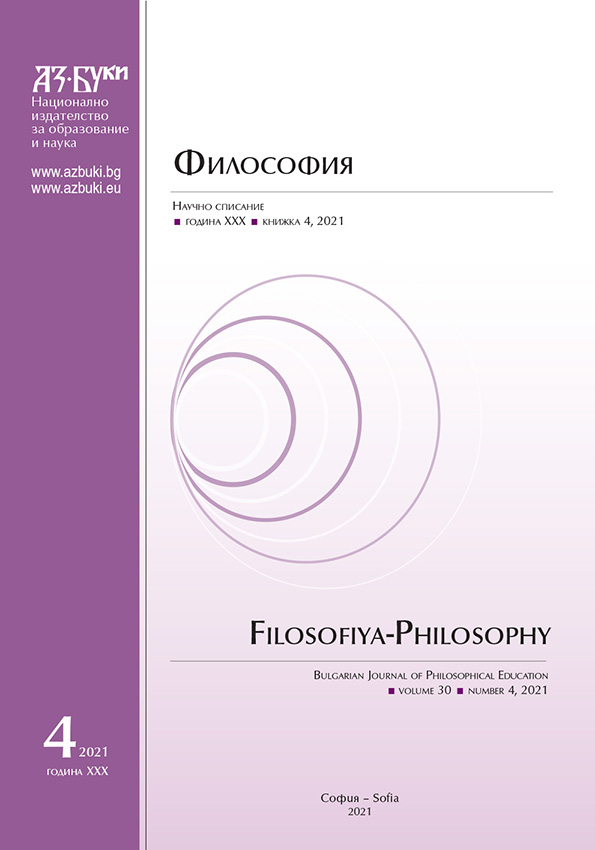
The concept of digital culture defines a set of values, practices, and expectations regarding the format of human interaction in today’s online society. Predictions of digital culture describe the specifics of the online environment and the general context of social life. The range of interpretations of digital culture varies between two poles: from the recognition of digital technologies as a way of presenting libraries, museums, historical monuments, etc., to the concepts of digital culture as a new socio-anthropological reality, the content of which is not limited to ICT. Culture as a phenomenon means the semantic unity of human activity, the desire to format social life following ideas and values, the movement from existing to obligatory, from actual to potential, and digital culture is an adequate response to the demands and challenges. People worldwide change their placement of everyday activity, and we could admit such huge transformation in the Chinese People’s Republic exactly obvious
More...
The article presents a critique of the commonly held assumption about the practical advantage of endurantism over perdurantism regarding the problem of future-directed self-concern of a person. The future-directed self-concern of a person crucially depends on the possibility of the right differentiation of diverging futures of distinct persons, therefore any theory of persistence that does not entail a special non-branching relation of a person to only their future self seems to be counterintuitive or unrealistic for practical purposes of personal persistence. I argue that this pragmatic rationale about future-directed self-concern is equally challenging for both theories of persistence. Moreover, I indicate, that both of these theories fall and stand on the practical feasibility of hidden ontological presuppositions about specific second-order notions of concerns of persons for their future.
More...
The text analyzes the possibilities to think of pure language as indicated in the harmonization of modes of intention in the translation activity. This language is, in a sense, a regulative idea and it have to be liberated in translation. It is essential to distinguish between the modes of intention and intended objects, between what is named in pure language and what is „overnamed“ in human languages. One of the theses in this text – that language in its auto-relation undergoes auto-modalization – makes the connection with Kierkegaard's understanding of the impossibility of direct communication. The indication of the untranslatable is an opportunity in the language of the translator to insert as indicated the elusive in the translation and thus to introduce the use of a broken language. Awakening of the "echo of the original" means a „thinking more“ (according to Kant) through the figure.
More...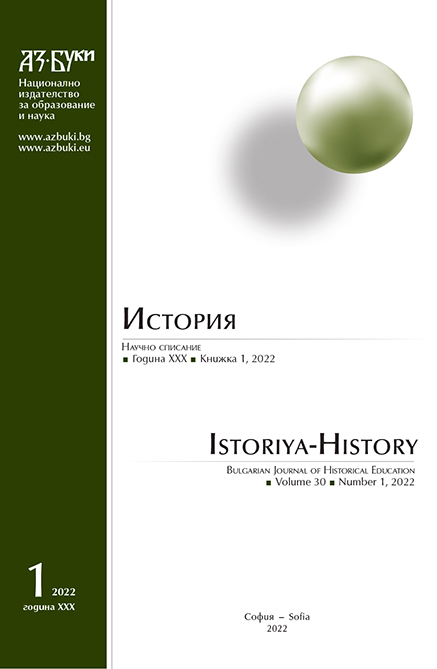
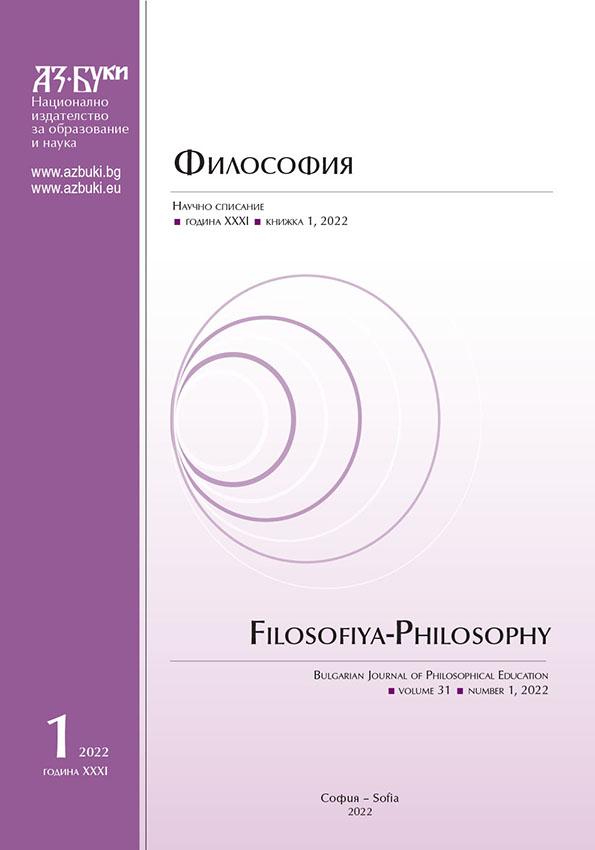
The article shows that in matters of philosophy of religion, when the sphere of interest of Wittgenstein went beyond logical and linguistic analysis, he attached special importance to a pragmatic approach to the interpretation of religious experience. Wittgenstein’s philosophico-religious studies were largely inspired by the events of his own life , as well as the ideas of individual thinkers, including the pragmatic philosopher William James. In Wittgenstein’s work one can find both a substantiation of the originality of religion and its impossibility of analysis from the standpoint of science, and a conviction in the expediency of religious experience in human life. It is revealed how Wittgenstein, analyzing the main manifestations of religious experience, pragmatically eliminated contradictions in the comprehension of knowledge about God (as unspeakable), pointed out the importance of transition from skepticism to belief as a basis for experience of absolute safety, took into account socio-practical aspects of various ethico-religious experiences such as feeling guilty. The author finds out how Wittgenstein interpreted the practical value of religious experience, analyzed the language of religion, as well as revealed its socio-psychological and ethical aspects.
More...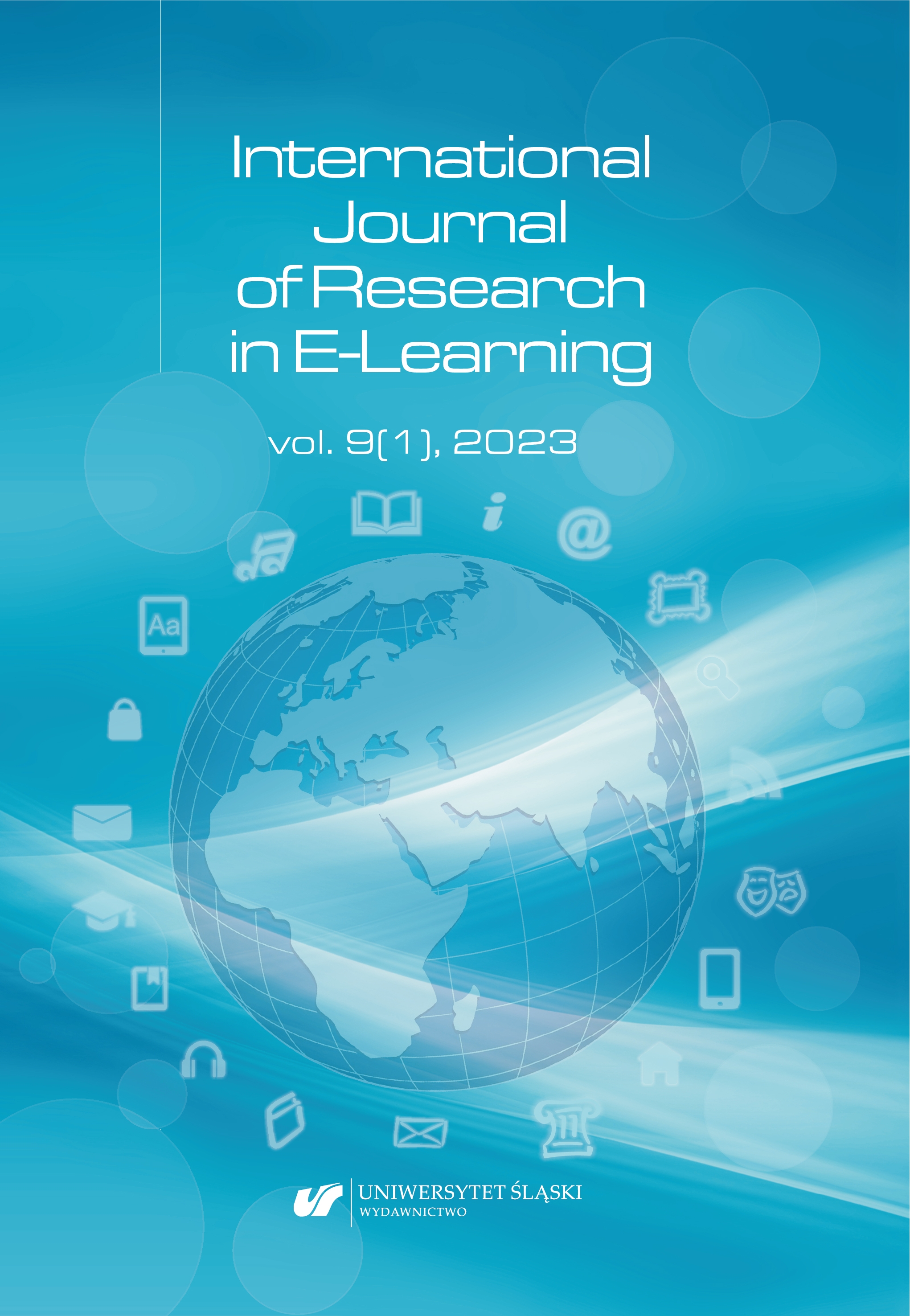
This article tested a widespread belief that by working in groups distance education students achieve cognitive goals of learning, and develop their social competencies and skills. The subject of the study was the achievements of 655 bachelor and master degree students enrolled in 22 on-campus and blended learning units offered within 2 university courses, full-time and part-time, during and after the COVID-19 pandemic, i.e. in the academic years 2020/2021 and 2021/2022. An instrumental case study was carried out: the grades students obtained for individual work were compared with grades obtained for work done in pairs and groups of threes within the same courses. It was found that a statistically significant difference did not exist. But the highest grades (on average 83.81) were obtained by students who had worked individually, and the lowest (81.64%) by those who had worked in groups of three. The highest grades were obtained by the final-year students. They showed an understanding of the assessment criteria and the ability to follow such. Also, they wanted to pass on the first attempt in order to have time to prepare for the final examination. International students were reluctant to work in groups. They focused on achieving good grades and preparing for the thesis due to the time limits of student visas and the unrest caused by the war in Ukraine. First-year students who had no experience in adhering to the assessment criteria and problems with communicating due to isolation caused by the pandemic obtained the lowest grades.
More...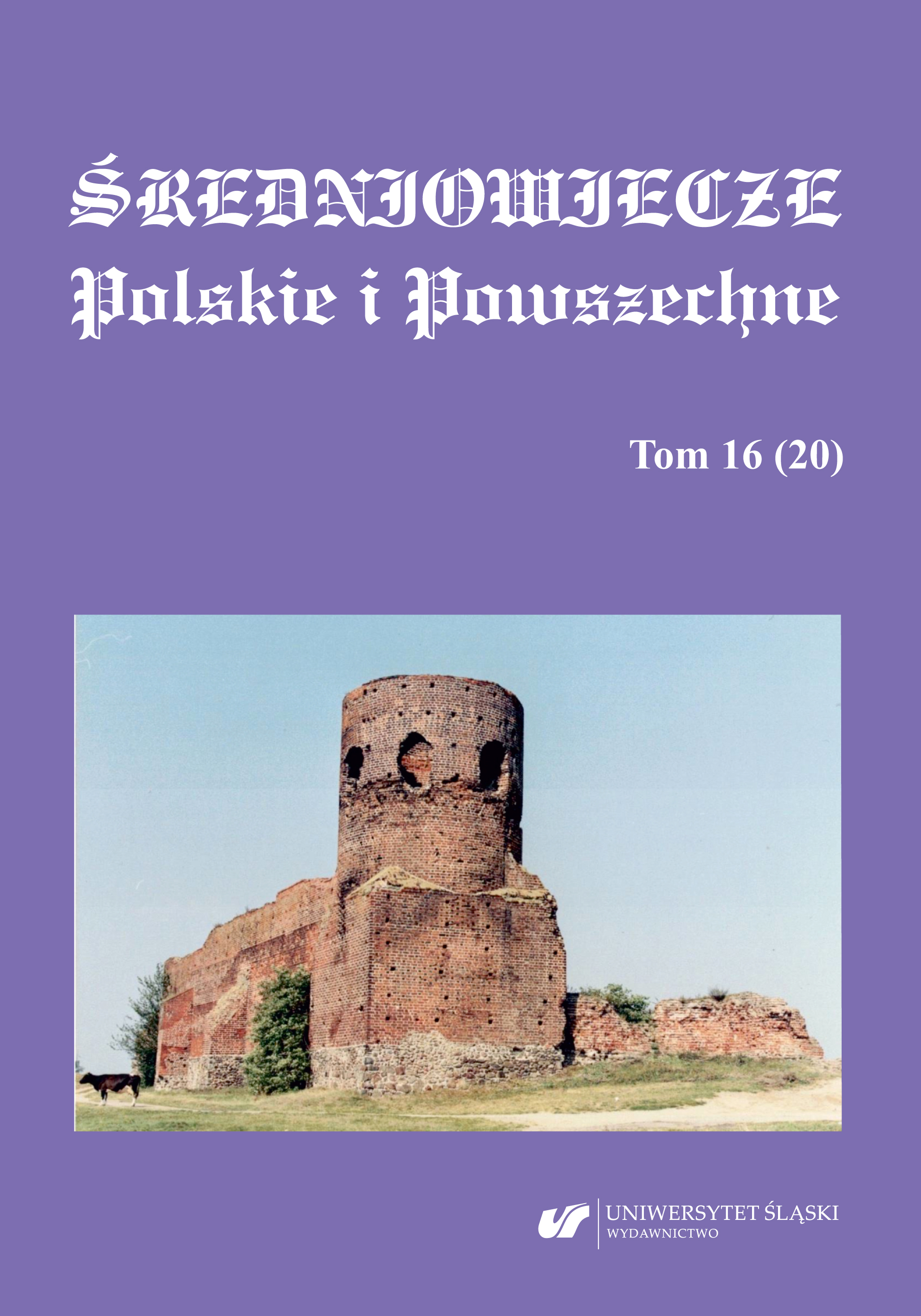
The article analyzes the functioning of a document as an object (artefact) in medieval Europe, against the broad background of changes in the paradigm of research on medieval writing culture, which assumes a multitude of forms of contact with writing, including its perception as a system of signs that could be viewed rather than “read” in the modern sense.The physical aspects of the document, including its writing material, text layout on the page, graphic symbols and objects attached to the document, constitute an issue that goes beyond the boundaries of traditional diplomatics. It encourages researchers to engage in a more intensive dialogue with experts in other auxiliary sciences, primarily with experts in epigraphy, because a large number of documents were produced on hard material, and also in sphragistics, due to the close interaction between the document and the seal in the process of communicating by sight and touch. The article discusses the occasional presence of a document in public space – as an element of the rituals of power, shown at the request of its issuer or recipient, or as an object of viewing in the practice of examining its authenticity – as well as its permanent presence in the form of a text “exposed” in a stone or as a fresco (charta lapidaria). In all situations in question, the specialized or very general knowledge of viewers determined whether and to what an extent they were able to “read” the information encoded in the format and material of the document, in graphic signs, illuminations, and seals.
More...
The author of the present study traces the way the signs used by city dwellers have been defined in Polish historiography so far. Taking the capital city of Krakow as an example, he showed that, like in Prussian centres, they used both gmerk house marks (i.e. bar identification signs) and bourgeois coats of arms (made up of a coat of arms and a shield, where heraldic figures in the strict sense of the word, but also bar signs, were used in parallel). The division outlined in this way allows us to assign the status of a coat of arms to a composition consisting of a coat of arms and a shield. The author also confirmed that the adoption of this graphic pattern (emblem + shield) by the townspeople was the result of their influence and observation of certain products of knightly culture. Moreover, both (knights’ coats of arms) and the other (burghers’ coats of arms) were intended to identify in the first place. In the case of noble coats of arms, at least in Poland, they have become a visual symbol of belonging to a particularly privileged class. So they spoke, as if for the owners, about their legal status. And although they were undoubtedly also used among the townspeople (as the result of some imitation), they did not duplicate all the functions of the nobility coat of arms, and, above all, they did not build the bourgeois (estate) identity.
More...